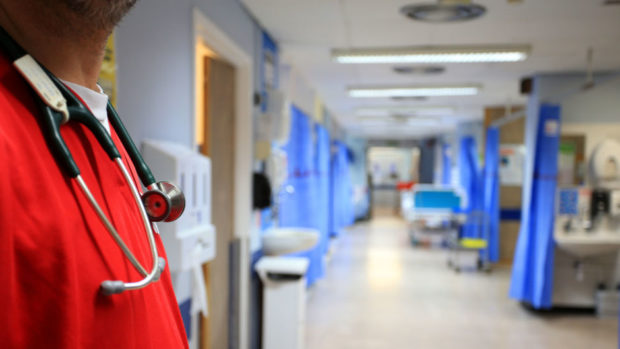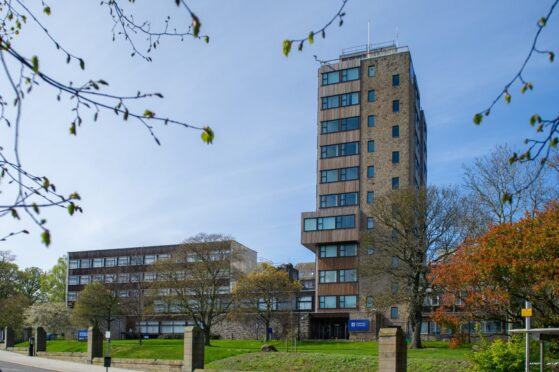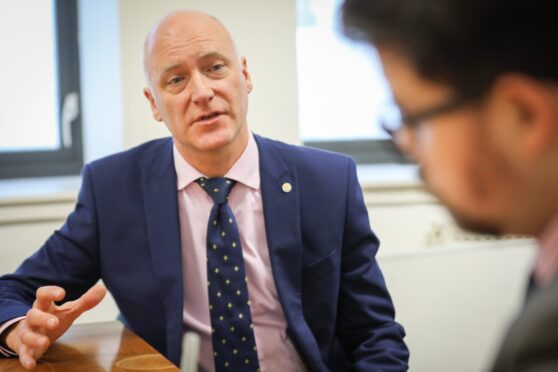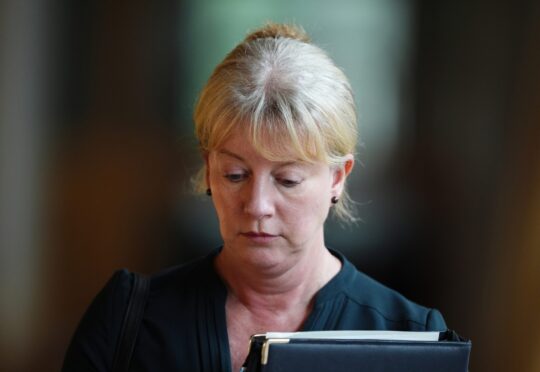Newly released statistics reveal that almost three quarters of Covid-19 patients admitted to intensive care units across Scotland had no pre-existing health conditions.
The Scottish Intensive Care Society (SICS) has released data for the first time during the crisis showing that, up to May 2, there were 483 admissions to intensive care units (ICUs) relating to 472 patients with laboratory confirmed Covid-19 across the country.
Those with pre-existing health problems, including heart disease, diabetes or asthma, are understood to be at greatest risk of developing severe symptoms from coronavirus.
However, the figures released on Wednesday show that 72% of those admitted to intensive care had no pre-existing health conditions.
Meanwhile, a total of 89 patients (19%) had one pre-existing health condition and 45 (10%) had two or more.
The data also shed light on the groups with the highest number of admissions, with men, those aged 60-69 and those living in socially deprived areas the most represented in ICUs.
It comes as new figures released by the National Records for Scotland (NRS) confirm for the first time that those living in the most deprived areas were twice as likely to die from Covid-19 than those in the least deprived.
A much higher proportion of men were admitted to intensive care to be treated for Covid-19 than woman, accounting for 72%, suggesting men could be more adversely affected by the virus.
The greatest number of admissions was in the age groups 60 to 69 and 50 to 59, the figures show.
The peak period of patient admissions with Covid-19 to intensive care units was between March 29 and April 6.
The highest number of daily admissions was on March 29, when 28 patients were hospitalised in ICUs.
The data released by the SICS differ from other published data relating to patients admitting to Scottish intensive care units with Covid-19, as it only includes those patients whose laboratory test was positive before discharge from the ICU.
Between March 1 and May 2, an average of six people per day were admitted to intensive care per day.
Around a third of patients (159 people) died in ICUs across the country, with 213 (44%) discharged alive and 100 (21%) remaining in hospital, as of May 2.
For patients who had completed their stay in intensive care, around 80% required advanced respiratory support, around 80% required cardiovascular support and around 30% required renal replacement therapy.









